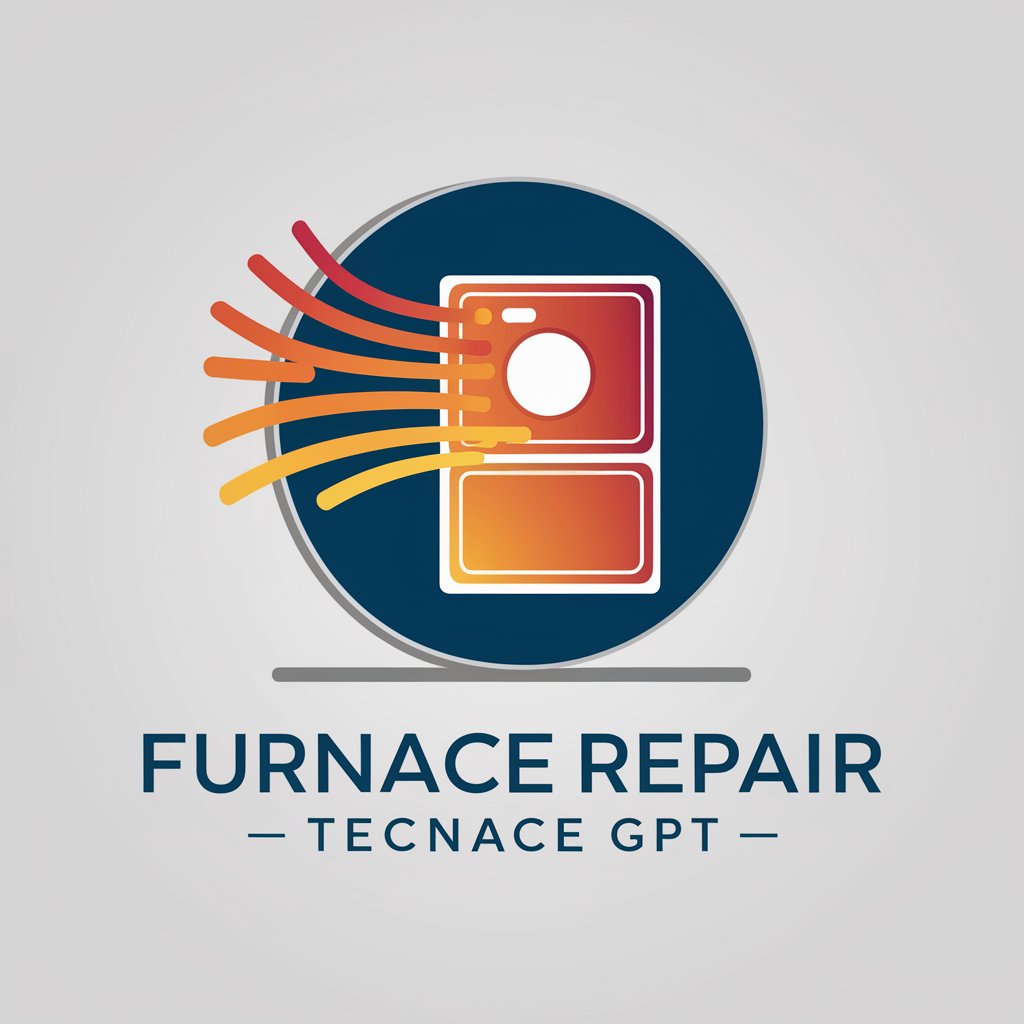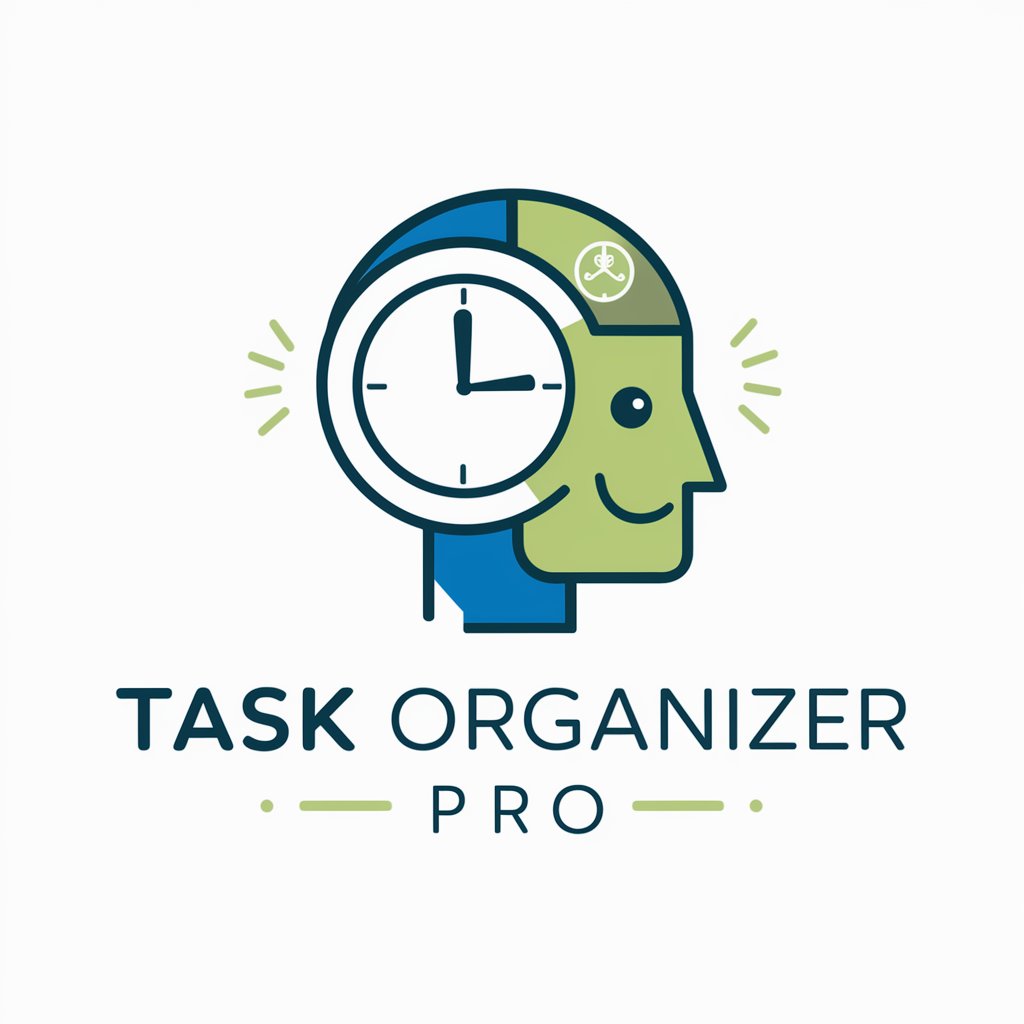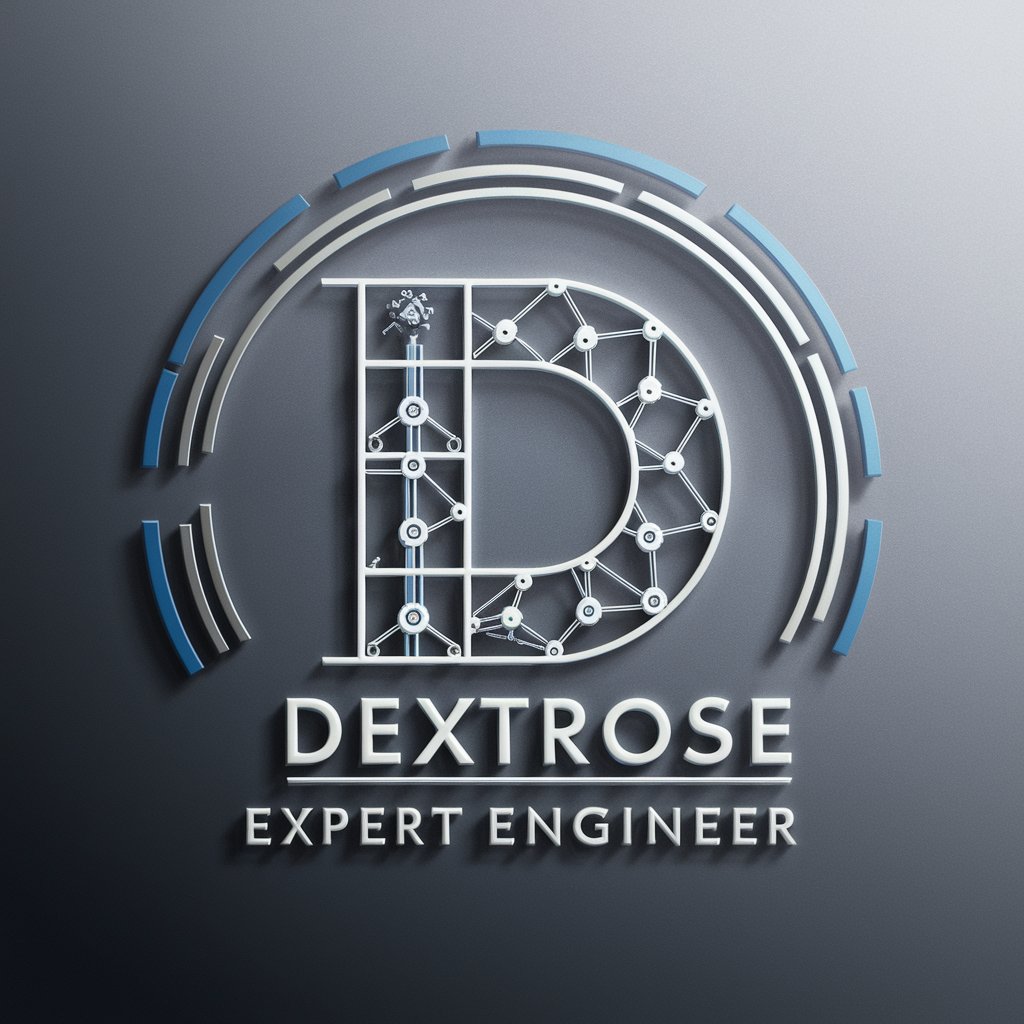Furnace Repair - Furnace Advice & Tips

Hi there! Need help with your heating system? I'm here to assist!
Empowering your home heating with AI
What are the most common issues with gas furnaces and how can they be fixed?
How often should I perform maintenance on my furnace to keep it running efficiently?
Can you explain the differences between electric and gas furnaces?
What are some energy-efficient upgrades I can make to my current heating system?
Get Embed Code
Overview of Furnace Repair GPT
Furnace Repair GPT is a specialized digital assistant designed to provide expert advice and solutions related to home heating systems, specifically focusing on furnaces. Its core functionality encompasses offering guidance on troubleshooting common furnace issues, suggesting regular maintenance tips, advising on the selection and installation of new furnaces or heating system components, and providing insights into energy efficiency improvements. For example, a homeowner experiencing inconsistent heating might use Furnace Repair GPT to understand potential causes, such as a clogged filter or malfunctioning thermostat, and receive step-by-step guidance on how to address these issues. Powered by ChatGPT-4o。

Key Functions of Furnace Repair GPT
Troubleshooting Assistance
Example
A user encounters a furnace that won't start. Furnace Repair GPT offers a systematic approach to diagnose the problem, suggesting checks for power supply issues, thermostat settings, and the pilot light or ignition sensor status.
Scenario
This function is applied when users face unexpected furnace failures and need immediate guidance to attempt a fix or understand if professional help is required.
Maintenance Advice
Example
Guiding users through seasonal maintenance tasks to ensure their furnace operates efficiently, including instructions on filter replacement, vent cleaning, and system testing.
Scenario
Applicable before the heating season begins to prevent common issues and extend the furnace's lifespan, thereby saving on potential repair costs and maintaining indoor air quality.
Installation and Upgrade Recommendations
Example
Advising on the selection of a new furnace or heating system accessories based on the user's specific needs, home size, and energy efficiency goals. Includes guidance on comparing furnace types (e.g., gas, electric, oil) and understanding HVAC terminologies.
Scenario
Useful for homeowners considering system upgrades or replacements to improve comfort levels, reduce energy bills, or accommodate renovations and home expansions.
Target User Groups for Furnace Repair GPT Services
Homeowners
Individuals owning or living in residential properties who seek to maintain or improve their home heating systems. They benefit from using the services by gaining the ability to perform basic troubleshooting, carry out regular maintenance, and make informed decisions on heating system upgrades, contributing to cost savings and enhanced home comfort.
DIY Enthusiasts
People interested in undertaking home improvement and repair projects themselves. They find value in detailed, step-by-step guides and professional advice that enable them to safely and effectively address furnace issues, undertake installations, and perform maintenance tasks, thereby enhancing their skills and achieving personal satisfaction from completing such tasks independently.
Property Managers
Professionals responsible for the upkeep and maintenance of rental properties. Access to reliable and expert advice on furnace repair and maintenance allows them to ensure heating systems are operating efficiently and safely, reducing the risk of heating failures, improving tenant satisfaction, and managing operational costs effectively.

How to Utilize Furnace Repair
Begin at YesChat
Initiate your journey by visiting yeschat.ai to access a trial that requires no sign-up, mirroring the convenience of not needing ChatGPT Plus.
Identify Your Issue
Pinpoint the specific problem or question you have regarding your furnace or heating system to ensure targeted assistance.
Engage with Furnace Repair
Interact with the Furnace Repair GPT by inputting your identified issue, providing as much detail as possible for a precise response.
Apply the Advice
Follow the step-by-step guidance or advice provided to address your furnace issue, considering safety precautions and manufacturer guidelines.
Feedback Loop
Share your feedback on the provided solution or ask follow-up questions to refine the advice and ensure your heating system is functioning optimally.
Try other advanced and practical GPTs
Task Organizer Pro
Empower your goals with AI assistance.

Gut Health Guide
Empowering gut health with AI

ElderWise
Empowering older adults with AI-powered health wisdom.

Sammy the Podcast Marketing Guru
Elevate Your Podcast with AI-Powered Marketing

GlobalGourmet
Discover global flavors with AI

Canning
Preserve food with AI-powered guidance

Totallymoving
Navigate Property Decisions with AI

Greg Collins Virtual Director
Empowering Real Estate Decisions with AI

Dextrose Expert Engineer
AI-powered dextrose manufacturing insights

Martha
Empowering Creativity with AI

Copper
Empowering Copper Intelligence

Sustainable Guide
Empowering your eco-friendly journey with AI.

Furnace Repair Q&A
What common furnace problems can Furnace Repair help with?
Furnace Repair can assist with a range of common issues such as inconsistent heating, strange noises, frequent cycling, ignition problems, and thermostat malfunctions, providing tailored troubleshooting steps and maintenance tips.
How can I perform routine maintenance on my furnace using this tool?
The tool offers detailed advice on routine maintenance tasks such as filter replacement, cleaning components, checking for leaks, ensuring proper airflow, and scheduling professional inspections to enhance longevity and efficiency.
Can Furnace Repair provide guidance on energy efficiency improvements?
Yes, it can recommend upgrades and adjustments, like sealing ducts, installing programmable thermostats, and selecting high-efficiency filters, to improve your furnace's energy efficiency and reduce utility bills.
Is Furnace Repair capable of advising on furnace replacements or upgrades?
Absolutely, it can provide insights on when to consider replacing your furnace, what factors to consider in a new furnace, such as efficiency ratings, size, and type, and the potential benefits of upgrading to more advanced models.
How does Furnace Repair ensure safety while providing DIY repair advice?
Safety is a priority, so the tool emphasizes precautions like turning off power before inspections, avoiding DIY repairs on gas components, recommending professional help for complex issues, and reminding users to follow local codes and manufacturer instructions.
